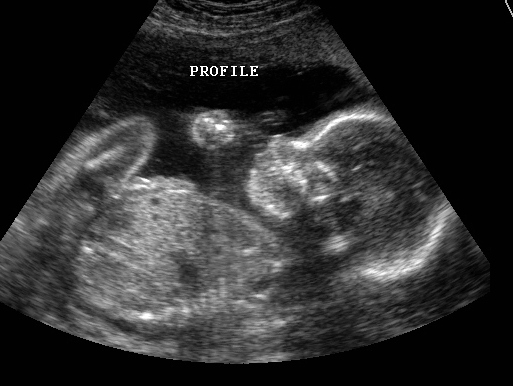Parents want to protect their children at all costs as they run around on the playground, have snow ball fights, go to school, play youth sports, visit other friends, travel, and while they are at home. If they get sick or are injured, parents often take their kids to a doctor to get checked, diagnosed, consultation, and healing remedies. However, some of the methods used by physicians in the past to do these things for kids have not been totally healthy for the child, including x-rays and CT scans.

Fortunately, advances in both science and technology has brought about safer ways for doctors to examine and diagnose certain maladies, breaks, fractures, and tears that children are prone to because of rambunctiousness, an accident, or illness. Ultrasound has made the phenomenal ability of looking inside one’s body free of harmful effect. No longer does the parent have to worry about the radiation effects that x-rays and CT scans cast upon the young patient.
This technology is not new. But until recently, many doctors have not used it in practices regarding children. Not that they have had concerns about whether the ultrasound technology was safe to use on children, but mostly because its primary use for a number of decades has been geared towards OB/Gyn use. As well, costs of ultrasound machines were pricey. However, in recent years applications for this technology has blossomed through research and trial. Moreover, the cost of machines have come way down making it more affordable for doctors to purchase and bring in house. Additionally, used ultrasound machines are now available that are refurbished to manufacturers specs that are much less expensive than new ones.
All of these combined has encouraged more pediatricians and family doctors to take the plunge and purchase this safe internal viewing technology and use it frequently in their practice.
But first, what is ultrasound and how will it help doctors treat children more safely than an x-ray or CT scan?
What is Ultrasound?
The knowledge of ultrasound has been around for a few centuries. It was first noticed when a scientist was studying how bats were able to communicate and fly in the dark in spite of having terrible vision. Later, scientists noticed that other mammals, like whales and dolphins, used ultrasound to communicate and navigate.
Ultrasound is high frequency compressed sound waves that are way too high in range for humans to hear. The sound waves go out, and, in the case of bats, return to the sender letting them know what and where the potential food is.
In the 1940’s, ultrasound began being used in medicine to non-invasively look into the heads of humans for tumors. Once the feasibility of that usage was known, more and more research and development occurred until the technology was able to give clear pictures of internal organs, joints, and more. Sound waves are sent into the body and bounce back upon hitting a preferred target and are captured by transducers that then recreate the sound waves into pictures on a screen. The technology is safe. No radiation and no toxic residue is left behind. While ultrasound is most widely known for OB/Gyn use in taking pictures of a baby in its mother’s womb, the applications have multiplied.
Today, ultrasound is available in color, 3D and 4D. 4D ultrasound is near-love motion viewing and helps the physician see more closely how they must attend to the healthcare needs of the child. Companies like Imaging Associates provides this equipment to doctors and hospitals globally.
At Medical Equipment and Services Review we specialize in educating others about medical equipment and new services. We like to write about our passion and educate others about what’s happening in the world of the medical profession.

